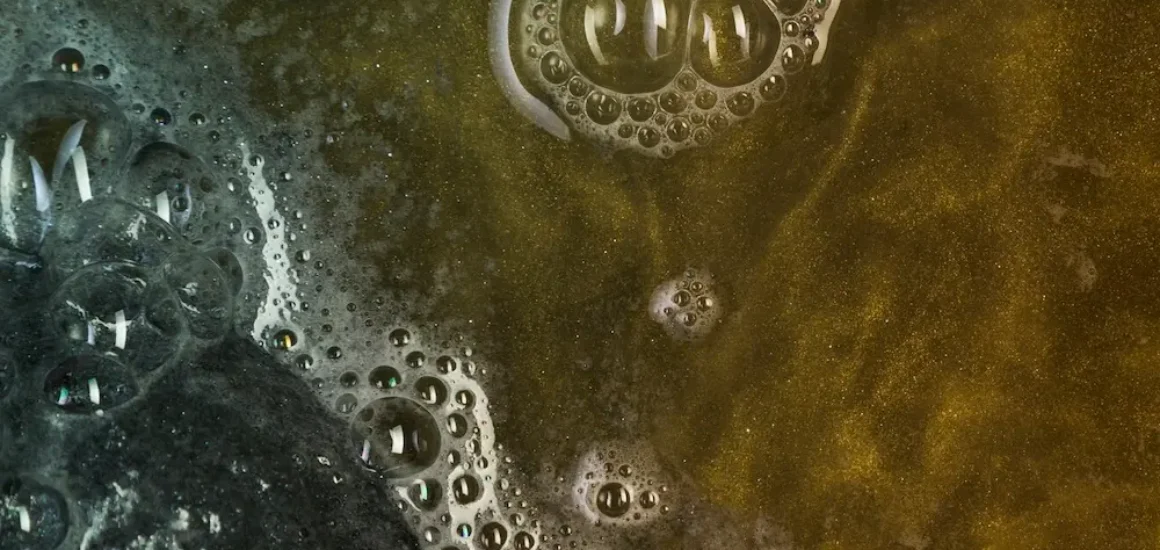Heavy Metals in Water – The Invisible Threat to Your Health
Water is essential for life, but is it always safe? Research shows that many drinking water sources around the world may be contaminated with heavy metals such as lead, mercury, cadmium, and arsenic. These toxic elements can come from both natural sources and industrial activity, and regular consumption can lead to serious health problems.
In this article, we’ll discuss where heavy metals in water come from, what their health effects are, and how to protect yourself from this invisible threat.
How Do Heavy Metals Get Into Water?
Water contamination by heavy metals can occur for several reasons:
1️⃣ Industrial activity
Chemical plants, smelters, power stations, and mines can release lead, mercury, and cadmium into water bodies.
Industrial wastewater, if not properly treated, can introduce toxic substances into rivers and lakes.
2️⃣ Agricultural pollution
Fertilizers and pesticides containing heavy metals can seep into groundwater.
Arsenic often occurs in water near agricultural areas where crop protection chemicals are used.
3️⃣ Old water pipes
In many older buildings and cities, pipes may contain lead that slowly leaches into the water.
Lead in pipes is particularly problematic when water is acidic or has low mineral content.
4️⃣ Natural processes
Some heavy metals, such as arsenic, occur naturally in rocks and can enter groundwater.
Geothermal activity and erosion can introduce metals into drinking water sources.
Health Effects of Consuming Heavy Metals in Water
Long-term consumption of heavy metals can have severe health consequences:
☠ Lead
Damages the nervous system, especially in children, leading to developmental delays, learning difficulties, and reduced IQ.
In adults, it can cause high blood pressure, kidney damage, and an increased risk of heart disease.
☠ Mercury
Causes neurological disorders, hand tremors, memory and concentration problems.
Can damage the kidneys and the immune system.
☠ Cadmium
Negatively affects the kidneys, causing progressive kidney failure.
Weakens bones and increases the risk of fractures.
☠ Arsenic
Classified as a strong carcinogen; increases the risk of cancers of the skin, lungs, bladder, and liver.
Can cause heart dysfunction and nervous system damage.
How to Check if Water Is Contaminated with Heavy Metals
It’s not always possible to detect heavy metals in water by taste or smell. Therefore, it’s worth:
✅ Ordering a water test
Sanitary laboratories offer tests for the presence of lead, cadmium, mercury, and arsenic in drinking water.
It’s especially important to test water in older buildings or industrial areas.
✅ Checking local water quality reports
Many cities and water utilities publish annual reports on drinking water quality.
These reports often include information on heavy metal levels.
✅ Using home test kits for heavy metals
There are strip and chemical tests available that can detect certain heavy metals in water.
How to Remove Heavy Metals from Water
If your water is found to contain heavy metals, there are several effective methods for removing them:
✅ Carbon and reverse osmosis filters
Carbon filters can remove some metals but are not effective against arsenic.
Reverse osmosis (RO) is one of the most effective methods for removing lead, mercury, arsenic, and other toxins from water.
✅ Water distillation
Boiling and condensing water removes most heavy metals, though it’s less practical for daily use.
✅ Replacing old water pipes
If you live in a building with lead pipes, it’s worth replacing them with modern PVC or stainless steel ones.
✅ Choosing certified bottled water
If you’re unsure about tap water quality, opt for bottled mineral water with certified low heavy metal content.
Summary
Heavy metals in water pose a real health risk. Their sources can include industrial pollution, old water pipes, and natural geological processes. Long-term consumption of lead, mercury, cadmium, and arsenic can cause serious health issues, including damage to the nervous system, kidneys, and increased cancer risk.
To protect yourself, it’s important to regularly test your water, use purification filters, and review local water quality reports. A conscious approach to drinking water ensures you can enjoy its benefits without worrying about harmful health effects.
